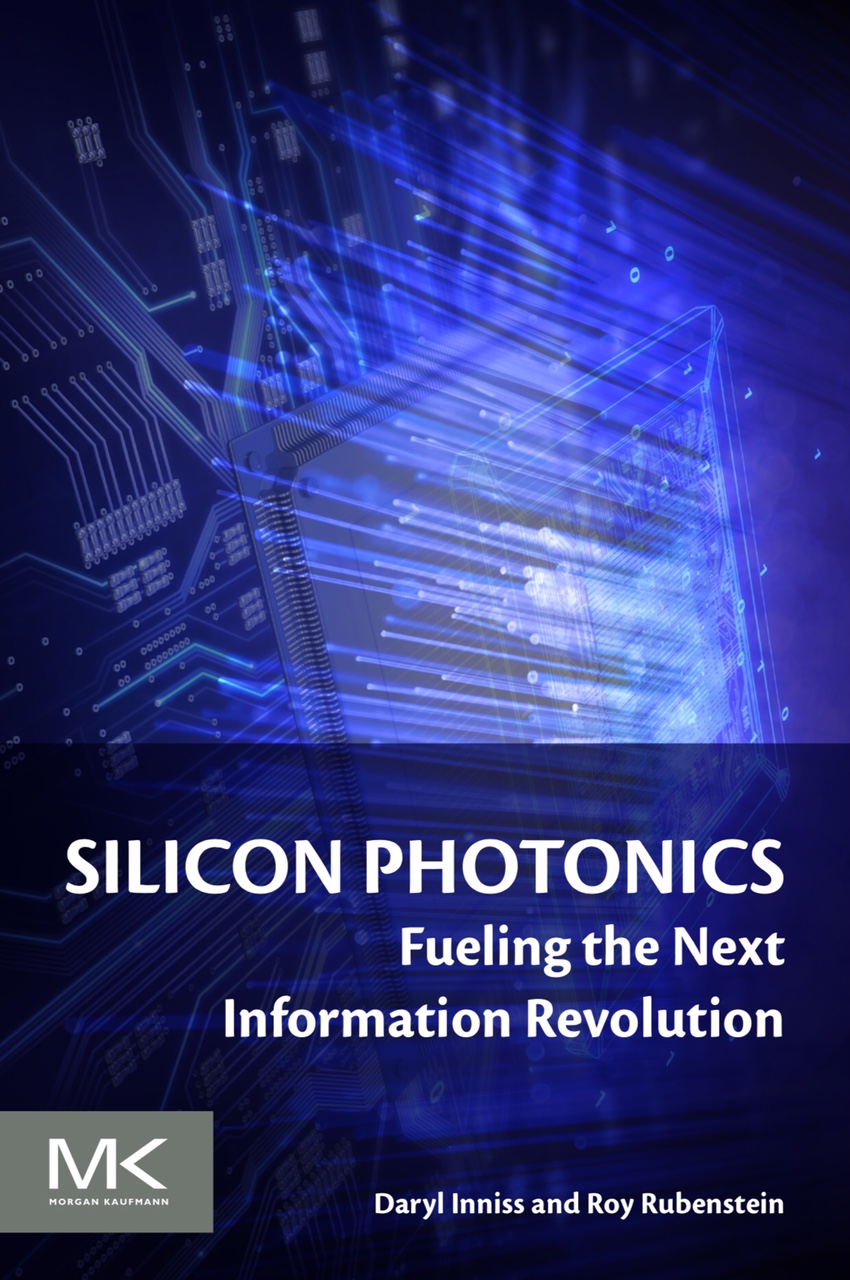OFC 2025 industry reflections - Part 2
 Sunday, May 4, 2025 at 2:26PM
Sunday, May 4, 2025 at 2:26PM Gazettabyte is asking industry figures for their thoughts after attending the 50th-anniversary OFC show in San Francisco. In Part 2, the contributions are from BT's Professor Andrew Lord, Chris Cole, Coherent's Vipul Bhatt, and Juniper Network's Dirk van den Borne.
 Exhibition floor. Source: OFC
Exhibition floor. Source: OFC
OFC was a highly successful and lively show this year, reflecting a sense of optimism in the optical comms industry. The conference was dominated by the need for optics in data centres to handle the large AI-driven demands. And it was exciting to see the conference at an all-time attendance peak.
From a carrier perspective, I continued to appreciate the maturing of 800-gigabit plugs for core networks and 100GZR plugs (including bidirectional operation for single-fibre working) for the metro-access side.





